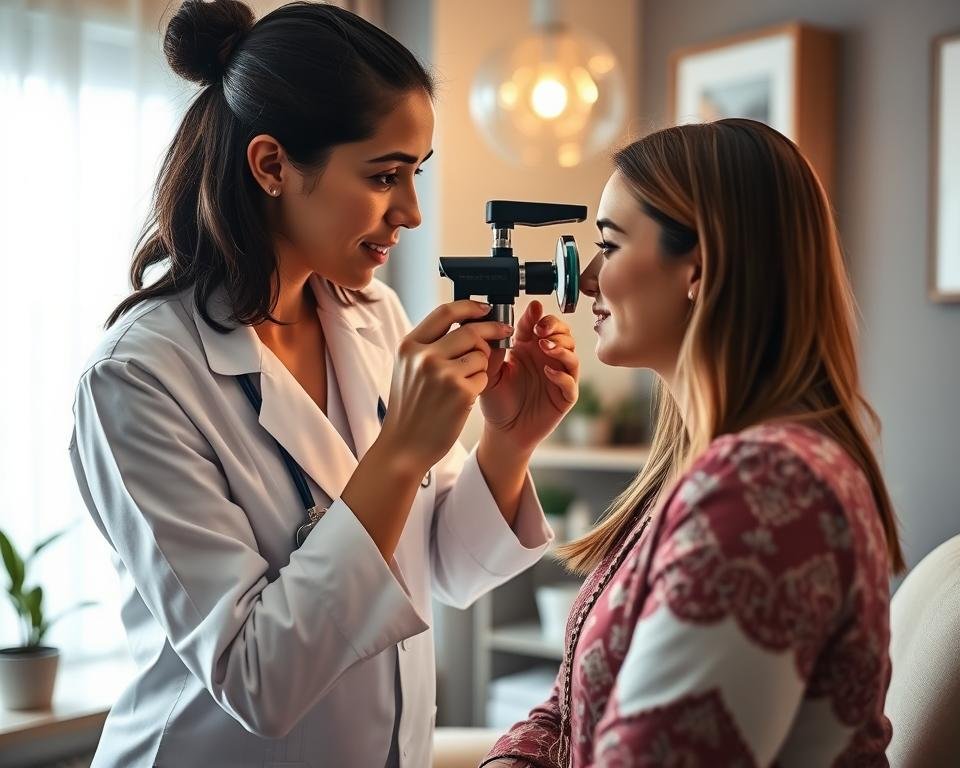The human eye has long been considered a window to our health. Diagnóstico da IRIS de iridologia stands as one of the most intriguing methods in natural medicine, examining the iris—the colored part of the eye—to identify potential health concerns. This ancient practice has evolved over centuries, from rudimentary observations to detailed mapping systems used by holistic practitioners worldwide. Join us as we explore the fascinating journey of how examining the patterns, colors, and structures of the iris became an established diagnostic tool in natural medicine.
Origins of Diagnóstico da IRIS de iridologia
The roots of Diagnóstico da IRIS de iridologia stretch back thousands of years, with evidence suggesting early practices in ancient civilizations that recognized the connection between eye characteristics and health.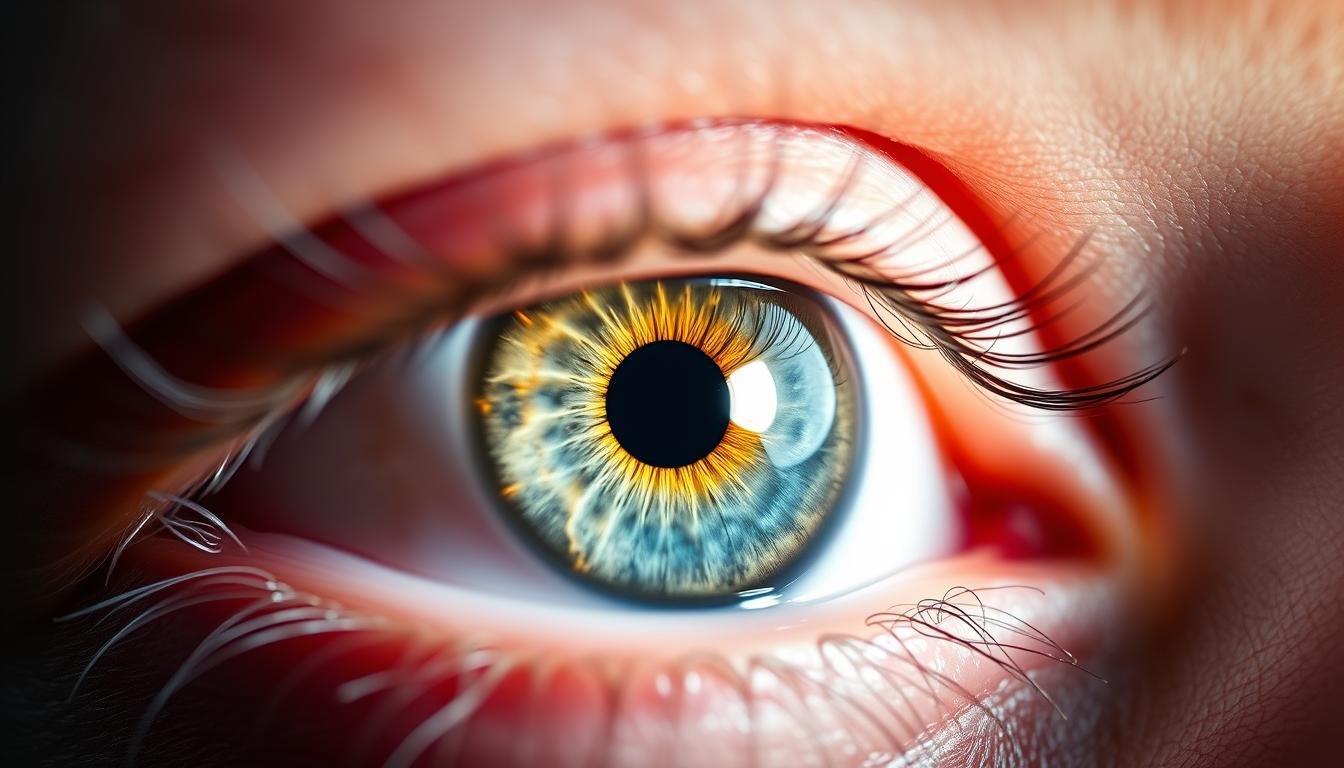
Ancient Beginnings
Historical records indicate that early forms of iris examination were practiced in ancient Egypt, with physicians noting correlations between iris markings and health conditions. Similar observations were documented in ancient Chinese medicine, where practitioners believed the eyes reflected the condition of internal organs. Greek physicians, including Hippocrates, also noted that changes in the eyes could indicate systemic health issues.
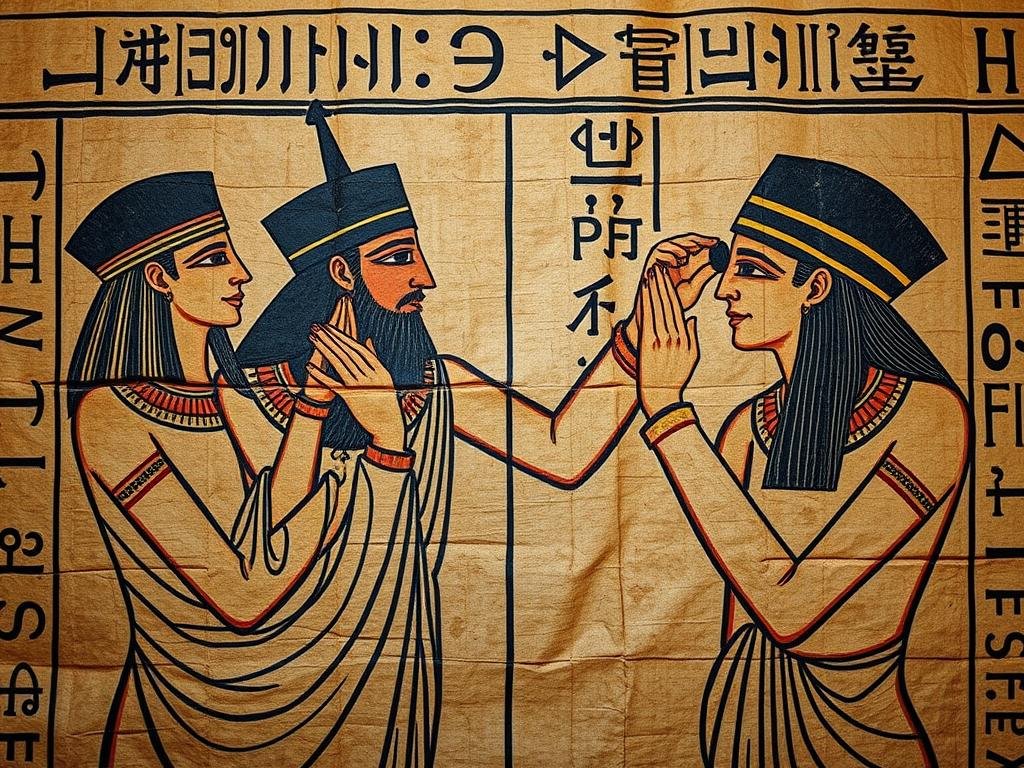
Early Documentation
The first formal documentation of iris analysis principles appeared in Chromatica Medica, published in 1665 by Philippus Meyeus (also known as Philippus Meyens). This groundbreaking work was reprinted in 1670 and 1691, gaining attention in European medical circles. Meyeus documented his observations that specific locations on the iris corresponded to different regions of the body, noting that changes in the iris often preceded physical symptoms of illness.
“The iris reveals not just the current state of health, but also predispositions and potential future ailments before physical symptoms manifest.”
— Attributed to Philippus Meyeus, 1670
Despite these early documentations, Diagnóstico da IRIS de iridologia remained relatively obscure until the 19th century, when it would experience a significant revival and formalization.
The 19th Century Breakthrough
The modern practice of Diagnóstico da IRIS de iridologia is largely credited to Dr. Ignatz von Peczely, a Hungarian physician whose accidental discovery would revolutionize the field. As a child in the 1830s, von Peczely captured an owl that broke its leg during the struggle. He noticed a distinct dark mark appear in the owl’s iris at the time of injury. As the owl’s leg healed, he observed the mark changing and eventually forming a small black line.

This observation sparked von Peczely’s lifelong interest in the connection between iris markings and physical health. After becoming a physician, he conducted extensive research on his hospital patients, correlating their iris markings with their medical conditions. In 1881, he published his findings in the book “Descobertas no campo da ciência e medicina naturais: instrução no estudo do diagnóstico do olho,” which included the first comprehensive iris chart mapping body regions to specific areas of the iris.
Around the same time, Swedish homeopath Nils Liljequist independently developed similar theories. After suffering from malaria and the side effects of quinine and iodine treatments, Liljequist noticed changes in his own iris coloration. His observations led him to publish “Om Ögondiagnosen” in 1893, which included detailed iris charts.
Discover Your Health Through Your Eyes
Interested in learning how Diagnóstico da IRIS de iridologia might provide insights into your health? Our comprehensive guide explains how this natural diagnostic method works.
Baixe o guia grátis
Evolution of Diagnóstico da IRIS de iridologia in the 20th Century
The 20th century saw Diagnóstico da IRIS de iridologia evolve from a fringe practice to a more established component of natural medicine, with significant developments in methodology and application.
Development of Modern Iridology Charts
Building on the foundational work of von Peczely and Liljequist, practitioners in the early 20th century refined and expanded iridology charts. These charts divided the iris into 60 different sections, each corresponding to specific organs and systems within the body. The right iris was mapped to the right side of the body, and the left iris to the left side, creating a comprehensive diagnostic tool.



Bernard Jensen’s Contributions
Dr. Bernard Jensen, an American chiropractor and nutritionist, became one of the most influential figures in modern iridology during the mid-20th century. After studying with leading European iridologists, Jensen developed his own comprehensive system of iris analysis in the 1950s, which he taught throughout the United States.
Jensen’s approach emphasized the connection between iris signs and nutritional deficiencies, making Diagnóstico da IRIS de iridologia more accessible and practical for everyday health applications. His 1952 book “A ciência e a prática da iridologia” became a seminal text in the field, and his detailed iris charts are still widely used today.

Integration with Holistic Health Movements
As interest in holistic and alternative health approaches grew in the 1960s and 1970s, Diagnóstico da IRIS de iridologia gained wider acceptance. It became integrated with other natural health practices such as naturopathy, herbalism, and nutritional therapy. Practitioners began using iridology as part of a comprehensive approach to wellness, identifying potential health weaknesses and addressing them through natural interventions.
This period also saw the establishment of professional organizations dedicated to iridology, including the International Iridology Practitioners Association (IIPA) founded in 1982, which helped standardize training and practice.
Physical Indicators
Iridologists examine specific markings, colors, and patterns in the iris to identify potential physical health issues, including inflammation, toxin accumulation, and organ stress.
Avaliação Constitucional
The basic structure and color of the iris is believed to reveal a person’s genetic predispositions, inherent strengths, and potential vulnerabilities in their health.
Scientific Perspectives on Diagnóstico da IRIS de iridologia
While Diagnóstico da IRIS de iridologia has gained popularity in natural medicine circles, it has faced significant scrutiny from the scientific and medical communities. Understanding both supportive evidence and criticisms provides a balanced view of this practice.
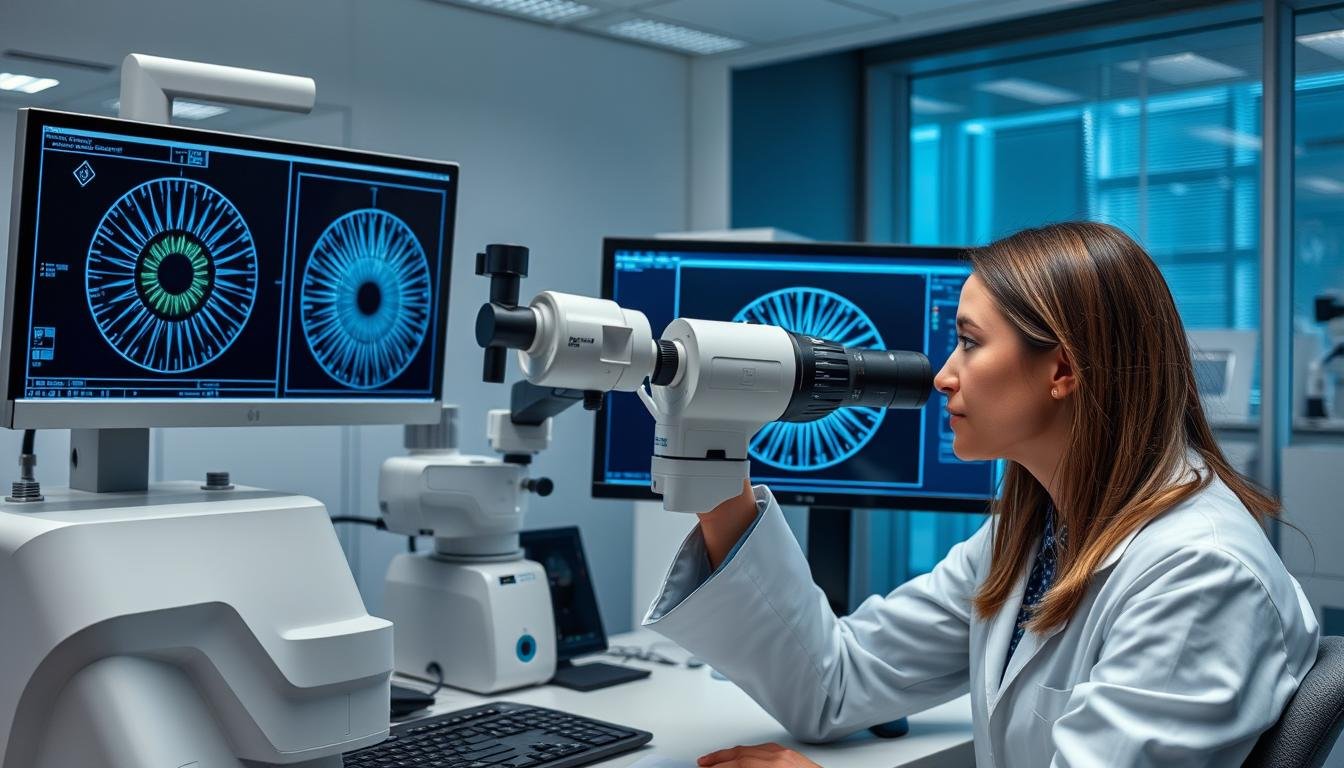
Research and Studies
Several studies have examined the efficacy of Diagnóstico da IRIS de iridologia as a diagnostic tool. A systematic review published in “Forsch Komplementärmed” in 1999 analyzed four controlled studies and concluded that iridology’s diagnostic value was not supported by scientific evaluations. Similarly, a study published in the “Archives of Ophthalmology” in 2000 suggested that iridology lacked scientific merit as a diagnostic method.
However, proponents point to other research, particularly from Germany and Russia, that suggests correlations between iris features and certain health conditions. Some studies have shown potential connections between iris patterns and genetic predispositions to specific diseases.
Argumentos de apoio
- Non-invasive method with no side effects
- May detect potential health issues before symptoms appear
- Considers the whole person rather than isolated symptoms
- Some correlations between iris features and genetic conditions have been documented
Perspectivas críticas
- Limited scientific evidence supporting diagnostic accuracy
- Lack of standardization in interpretation methods
- Risk of delayed proper medical diagnosis if relied upon exclusively
- Controlled studies have not consistently validated claims
Medical Community Response
The conventional medical community generally views Diagnóstico da IRIS de iridologia as pseudoscientific, citing the lack of physiological mechanism to explain how systemic health conditions would manifest in iris patterns. Critics argue that while the iris does contain rich information about eye health, there is insufficient evidence that it reliably indicates conditions in distant organs or systems.
Despite these criticisms, many integrative health practitioners continue to find value in iridology as part of a holistic assessment, using it alongside conventional diagnostic methods rather than as a replacement.
Diagnóstico da IRIS de iridologia in Contemporary Natural Medicine
Today, Diagnóstico da IRIS de iridologia continues to evolve and find applications within the broader field of natural medicine. Modern practitioners have adapted traditional methods with new technologies and integrated approaches.
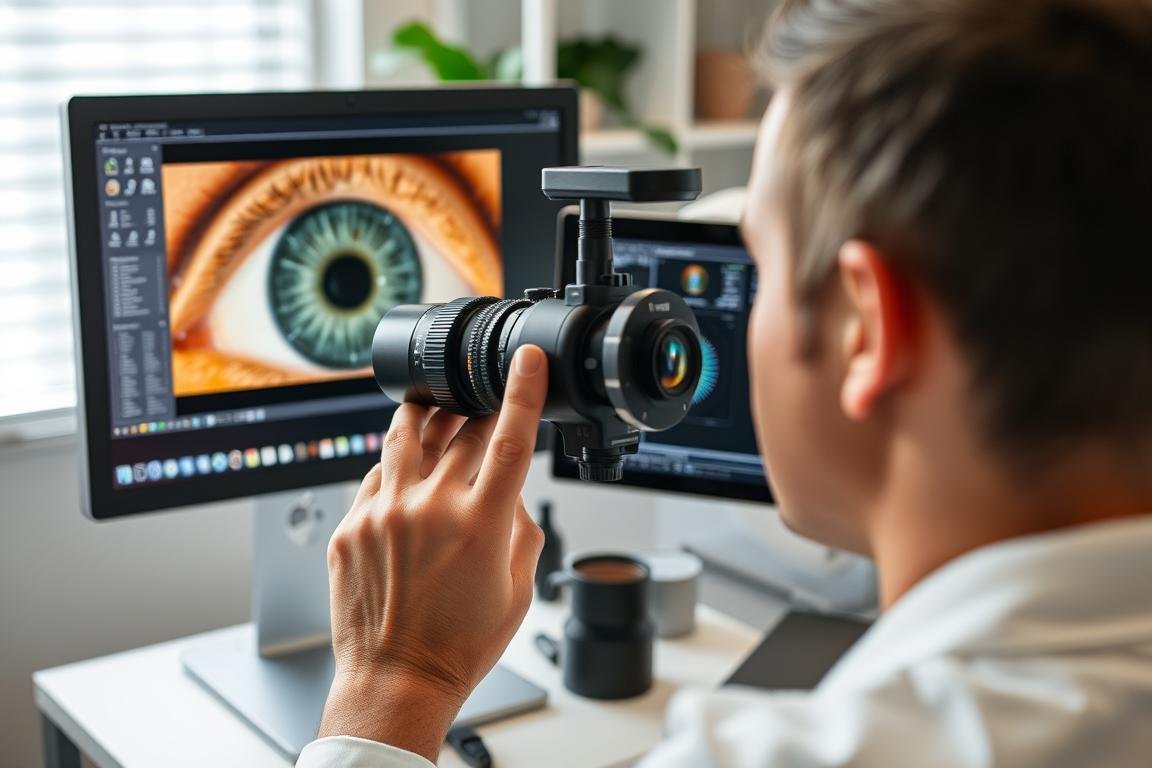
Current Applications
In contemporary natural medicine, Diagnóstico da IRIS de iridologia is primarily used as an assessment tool rather than for specific disease diagnosis. Practitioners use it to:
- Identify constitutional strengths and weaknesses
- Detect signs of inflammation and toxin accumulation
- Assess nutritional needs and deficiencies
- Evaluate stress patterns and their impact on health
- Guide preventative health strategies
Naturopaths, herbalists, and holistic nutritionists often incorporate iridology into their practice, using it to inform personalized treatment plans that may include dietary changes, herbal remedies, supplements, and lifestyle modifications.
Experience Diagnóstico da IRIS de iridologia Firsthand
Curious about what your iris might reveal about your health? Connect with a certified iridology practitioner for a personalized consultation.
Find a Practitioner Near You
Avanços tecnológicos
Modern technology has significantly enhanced the practice of Diagnóstico da IRIS de iridologia. Digital iris cameras and specialized software now allow for high-resolution imaging and more detailed analysis than was possible with traditional magnifying tools. These technologies enable practitioners to:
- Capture precise iris images with consistent lighting and magnification
- Store and compare images over time to track changes
- Use software to assist in identifying and interpreting iris signs
- Share images with clients for educational purposes
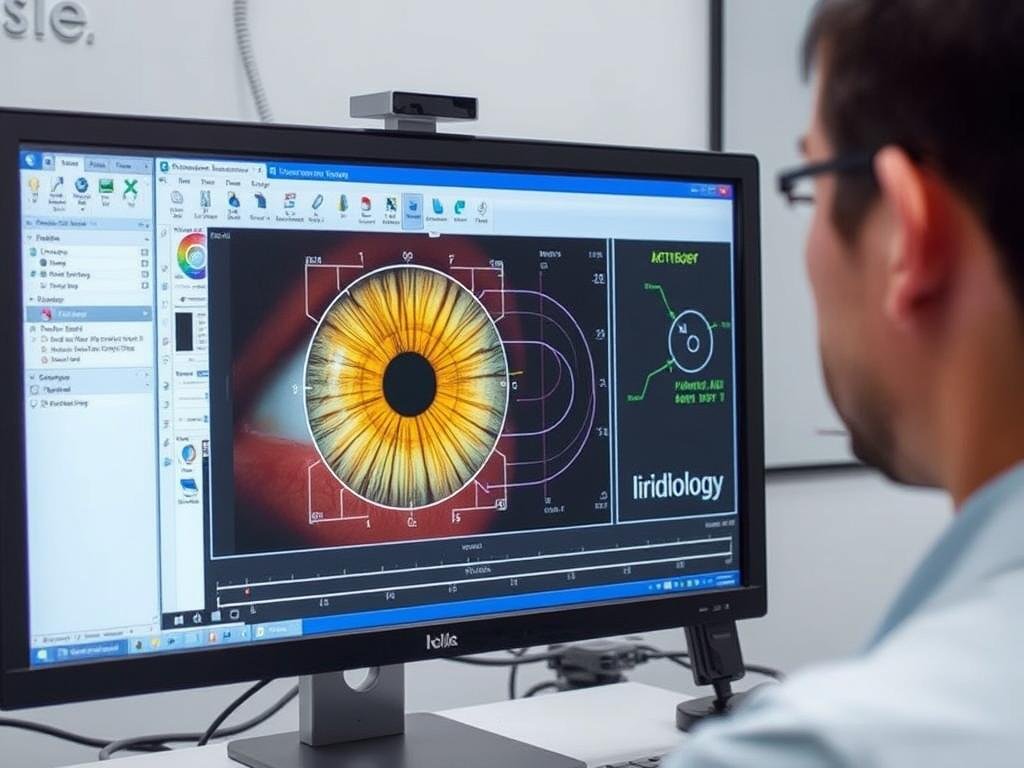
How Diagnóstico da IRIS de iridologia Works
Understanding the methodology behind Diagnóstico da IRIS de iridologia provides insight into how practitioners interpret what they observe in the iris.
Iris Mapping and Interpretation
The foundation of Diagnóstico da IRIS de iridologia is the iris chart, which divides the iris into zones corresponding to different body systems and organs. The right iris is generally associated with the right side of the body, and the left iris with the left side. The chart typically includes:
- Concentric rings representing different body systems
- Radial divisions corresponding to specific organs
- Zones that represent the digestive system, lymphatic system, nervous system, etc.

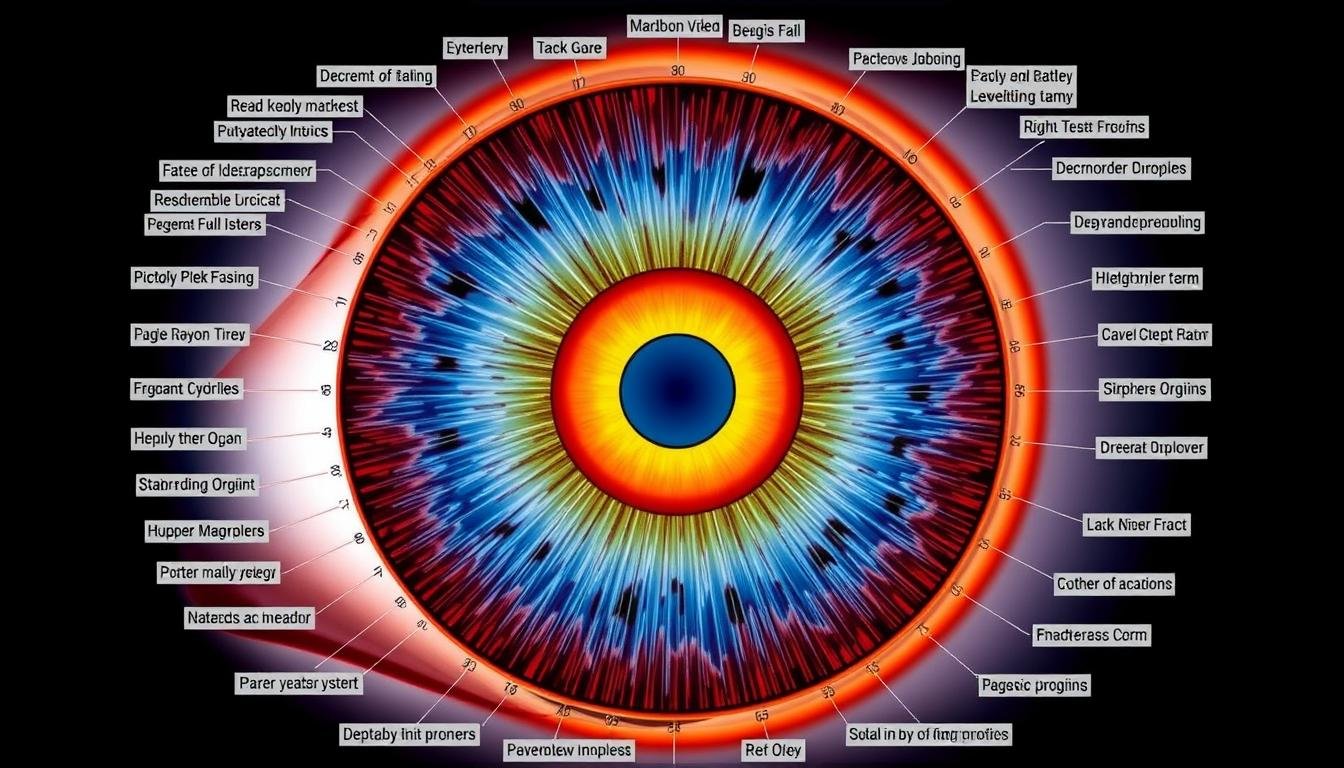
Physiological Connections
Iridologists propose several theories to explain the connection between iris markings and health status:
- Neurological Connection: The iris contains thousands of nerve endings connected to the brain via the optic nerve. Proponents suggest that information about the body’s condition may be reflected through these neural pathways.
- Embryological Development: Since the iris develops from the same embryonic tissue layer (ectoderm) as the nervous system, some iridologists suggest this shared origin creates a relationship between iris features and neurological function.
- Genetic Expression: The basic structure and color of the iris are genetically determined, potentially revealing inherited tendencies toward certain health conditions.
During an examination, practitioners look for specific signs in the iris, including:
| Sinal de íris |
Interpretation |
Associated Health Indication |
| Lacunae (pit-like depressions) |
Potential organ weakness or dysfunction |
Varies by location on iris chart |
| Radii Solaris (spoke-like lines) |
Irritation or inflammation |
Toxin elimination challenges |
| Pigment spots |
Accumulation or deposits |
Potential toxin buildup |
| Nerve rings (circular lines) |
Nervous tension |
Stress response patterns |
| Color variations |
Changes in tissue condition |
Acute or chronic conditions |
Key Milestones in Diagnóstico da IRIS de iridologia
The development of Diagnóstico da IRIS de iridologia has been marked by several significant events and discoveries that have shaped its evolution from ancient observations to modern practice.
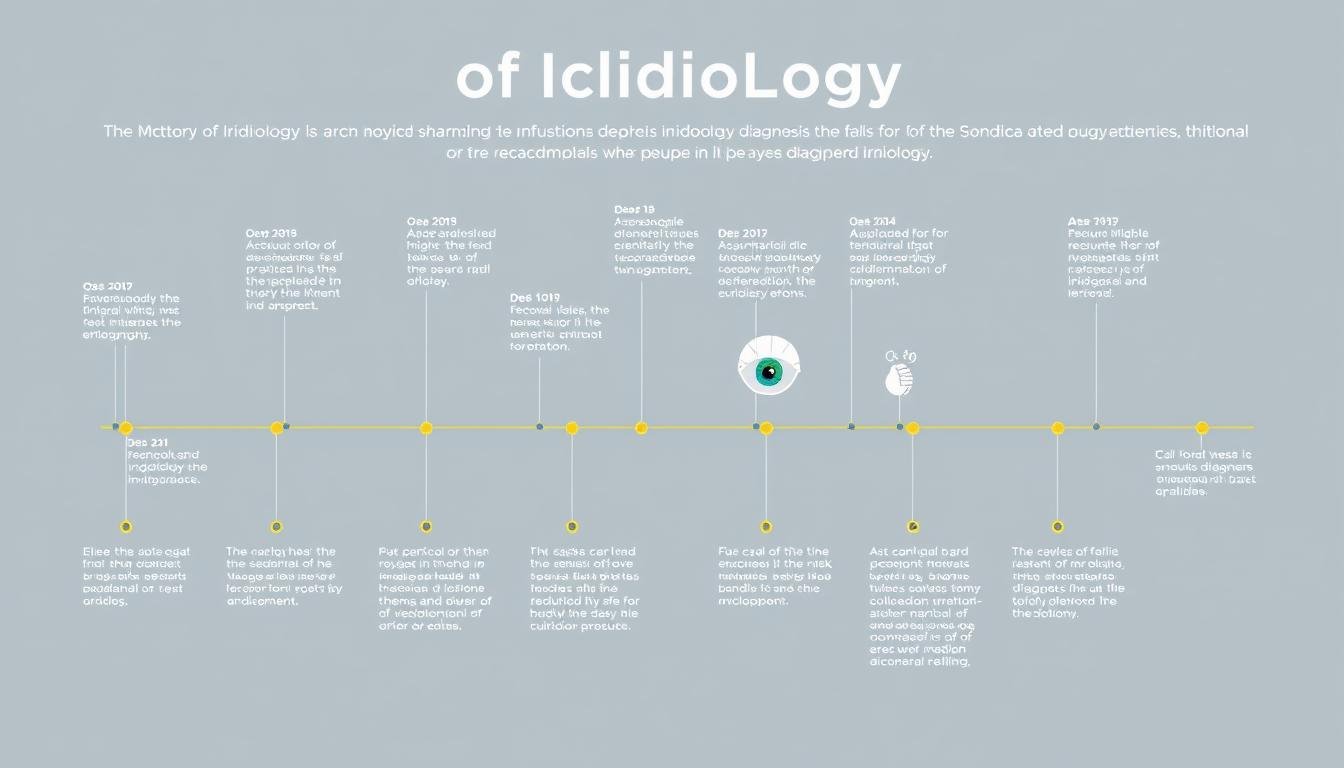
Timeline of major developments in the history of Diagnóstico da IRIS de iridologia
| Período de tempo |
Development |
Significance |
| Ancient Egypt (c. 1000 BCE) |
Early observations of iris-health connections |
First documented recognition of eyes reflecting health |
| 1665 |
Publication of Chromatica Medica by Philippus Meyeus |
First formal documentation of iris analysis principles |
| 1881 |
Ignatz von Peczely publishes first iris chart |
Foundation of modern iridology established |
| 1893 |
Nils Liljequist publishes “Om Ögondiagnosen” |
Independent development of similar theories in Sweden |
| 1950s |
Bernard Jensen develops American iridology |
Popularization and standardization in the United States |
| 1982 |
Formation of International Iridology Practitioners Association |
Professional standardization of practice |
| 1990s-Present |
Digital iris imaging technology |
Enhanced precision and documentation capabilities |
These milestones reflect the ongoing development of Diagnóstico da IRIS de iridologia as both an art and a science within natural medicine. While controversy continues regarding its scientific validity, its historical significance and continued practice make it an important part of the natural medicine landscape.
The Legacy and Future of Diagnóstico da IRIS de iridologia
From its ancient origins to its current applications, Diagnóstico da IRIS de iridologia has maintained a persistent presence in natural medicine despite scientific controversy. Its enduring appeal lies in its non-invasive nature and holistic approach to understanding health patterns.
As integrative medicine continues to evolve, Diagnóstico da IRIS de iridologia finds its place as one tool among many for practitioners who take a comprehensive approach to health. While it may not provide definitive diagnoses, many practitioners and patients find value in its ability to identify patterns and potential areas of concern that can then be addressed through various natural health interventions.
The future of Diagnóstico da IRIS de iridologia likely lies in its integration with other assessment methods and continued technological advancements that may provide more standardized and objective analysis. As research continues, our understanding of the connections between iris patterns and health may deepen, potentially revealing new applications for this ancient practice in modern healthcare.
Explore the World of Natural Diagnostics
Whether you’re a health practitioner interested in adding Diagnóstico da IRIS de iridologia to your toolkit or someone curious about what your eyes might reveal about your health, we invite you to learn more.
Discover Resources
